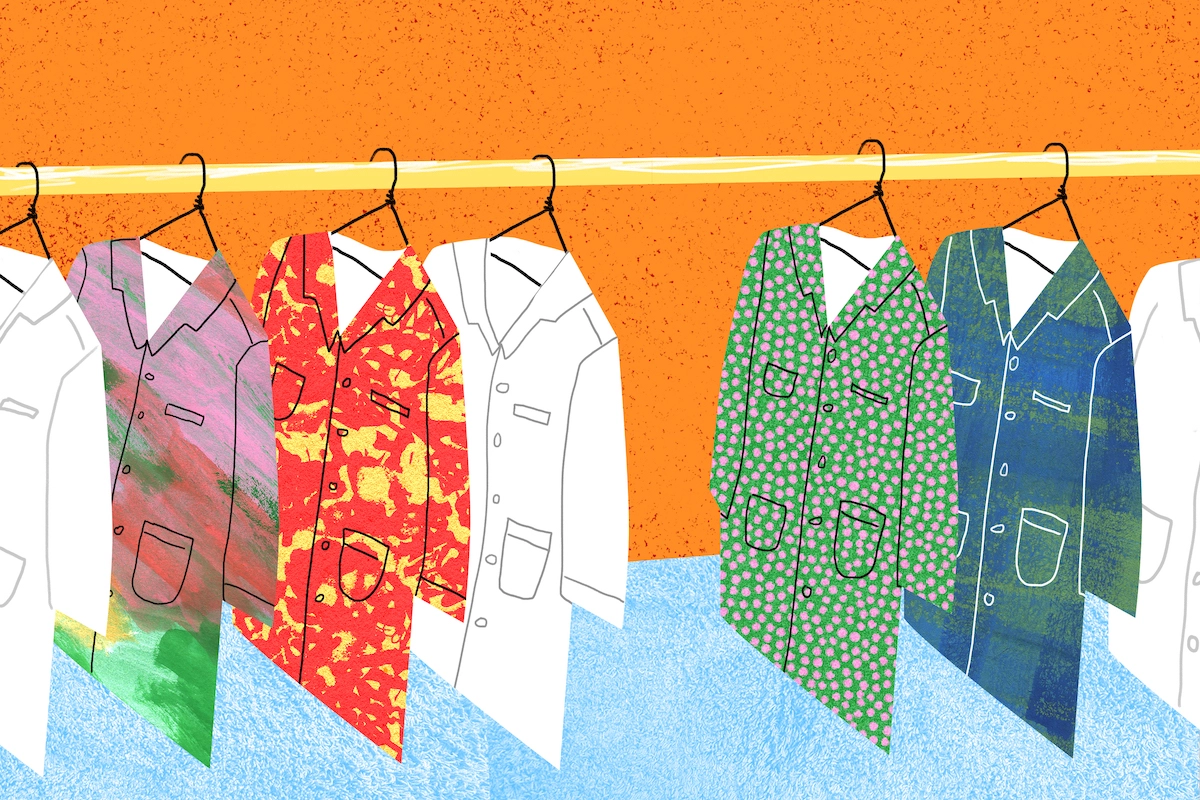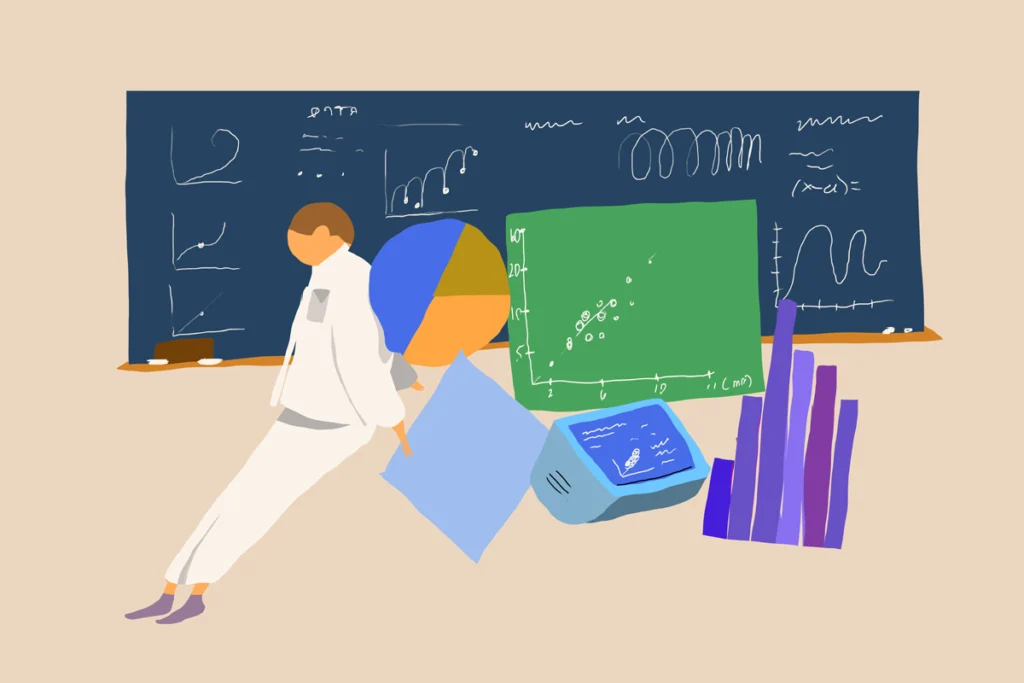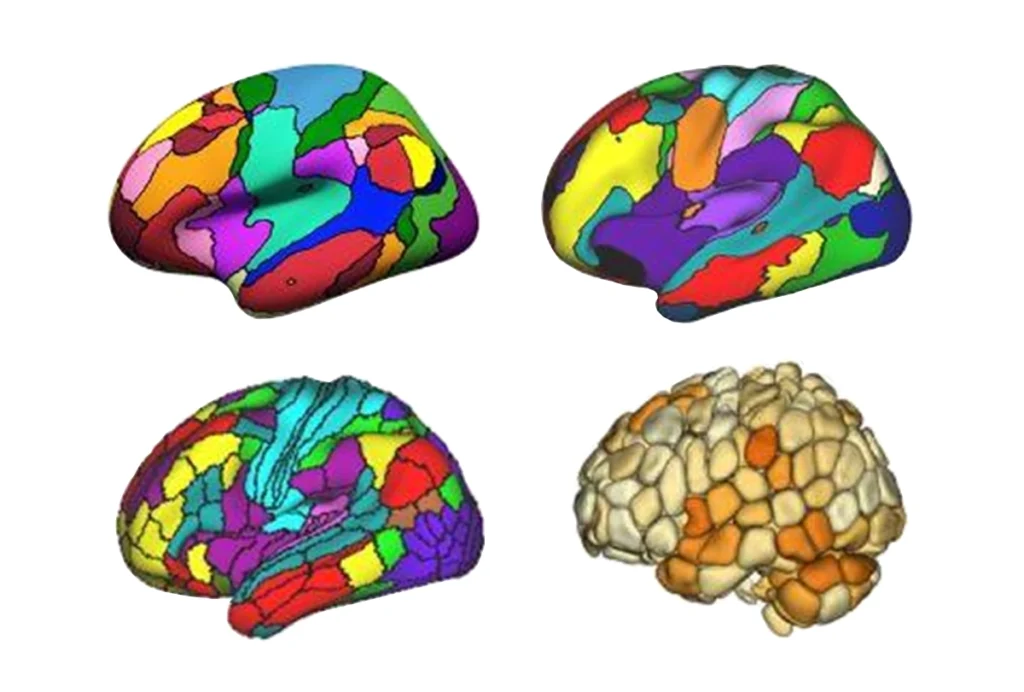Fashions come and go, even in science. What was once all the rage can be dismissed, viewed as passe over time. In neuroscience, there is a growing appreciation of the importance of studying behavior, enabled by a vast arsenal of tools to manipulate and observe brain function and to track increasingly complex types of behavior. The introduction of markerless pose estimators and machine-learning-based algorithms, for example, enables researchers to automatically quantify even the most complex behavior, from rodent facial expressions to unrestrained naturalistic behavior in the wild, with previously unimaginable resolution.
With this new capacity to study different types of complex behaviors, it may be tempting to view more-established, simple-looking behaviors as archaic. But is it a good idea to blindly follow fashion and relegate such behaviors to the dustheap, akin to last year’s skinny jeans? I believe that the brain is best understood by embracing many different approaches, including studying many types of behavior — that there is, and perhaps always will be, a critical place in neuroscience for the study of seemingly simple behavior.
As an example of simple-looking behavior, let’s consider freezing, a defensive response to threatening stimuli. Defined as the absence of movement other than breathing, freezing is typically measured in Pavlovian threat experiments as a way to assess learning and memory in rodents. In these experiments, a neutral sensory cue, such as a light or tone, is paired with an aversive foot shock. After learning to associate the previously neutral cue with the shock, the cue alone triggers freezing, known as the conditioned response.
The study of freezing has a long history, dating back to the 1950s and ’60s, but came to the fore of neuroscience in the 1990s with brain circuit dissection techniques and the introduction of genetically modified mice. Those experiments revealed, for example, a key brain region in threat conditioning: the lateral nucleus of the amygdala. Researchers mapped how sensory information travels to the lateral amygdala, identified many molecules important in memory formation, including CREB and aCaMKII, and even discovered a new memory phase.
Of late, however, freezing has dropped out of neuroscientific fashion, eclipsed by decision-making tasks and complex naturalistic behaviors. Several explanations may account for this. Freezing was deemed to be a simple, passive behavior that was not ethologically valid — that is, it didn’t reflect the animal’s natural behavior. Some researchers questioned whether freezing in rodents was a good index of the subjective emotion of fear in people and whether results from these rodent studies could be translated to treat human fear and anxiety disorders. I contend that it is now time that freezing becomes a new retro fashion trend in neuroscience. Here’s why:
Criticism 1: Freezing is a simple, passive behavior.
Despite appearances, freezing is far from a simple, passive response. A freezing rodent is not “lounging.” Instead, it shows high muscle tone, reflecting a state of attentive immobility, which may enhance perception and help the animal prepare for a quick escape. Freezing may also help conceal the animal’s next move from its predator. Whether or not a rodent freezes is influenced by both internal and external factors, suggesting that freezing reflects the outcome of an active decision-making process. Although not observable by behavior alone, there seems to be a lot going on “under the hood” of a freezing animal.
Assessing freezing behavior in the lab is relatively simple, which I view as a strength. Measuring freezing can be extremely low cost, making this type of experiment accessible to many labs regardless of budget. In the omics era of big data, it might be beneficial to combine complex brain manipulations and observations with a relatively easily quantifiable behavior. Alternatively, researchers can use pose estimators to construct a microstructural timeline of the precise behavioral action sequence of all defensive behaviors, including freezing. This timeline could be probed by different brain-manipulation and observational techniques.
Criticism 2: Pavlovian threat conditioning and the analysis of freezing behavior are artificial “lab-based” procedures and behaviors that are not ethologically valid.
Granted, rodents are highly unlikely to encounter electrical shocks in the wild. But rodents do freeze when confronted with threatening stimuli such as a hawk or an owl, indicating that these threat experiments tap into a naturally occurring behavior. Indeed, freezing in response to threats is a natural behavior observed across many species, described in birds, monkeys and people. For instance, freezing behavior (defined as immobility, reduced heart rate and increased muscle tone) has been observed in people watching film clips of car accidents or depictions of social threats, such as angry faces.







